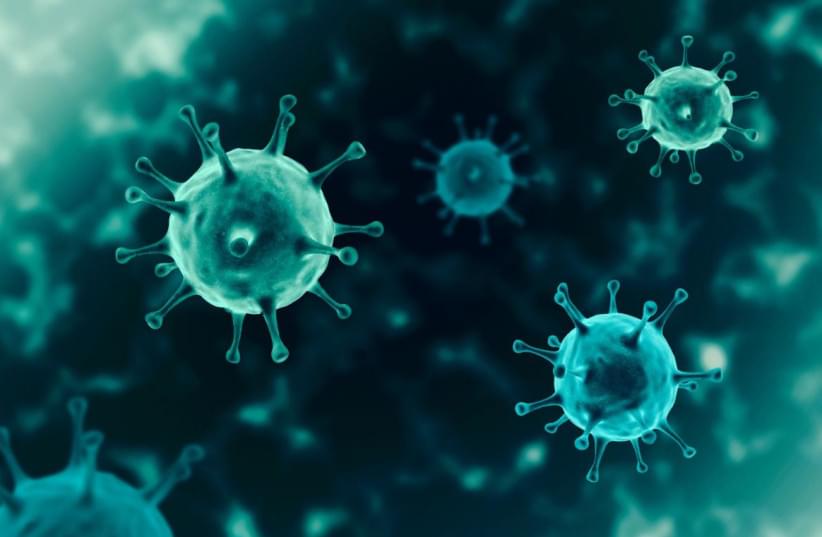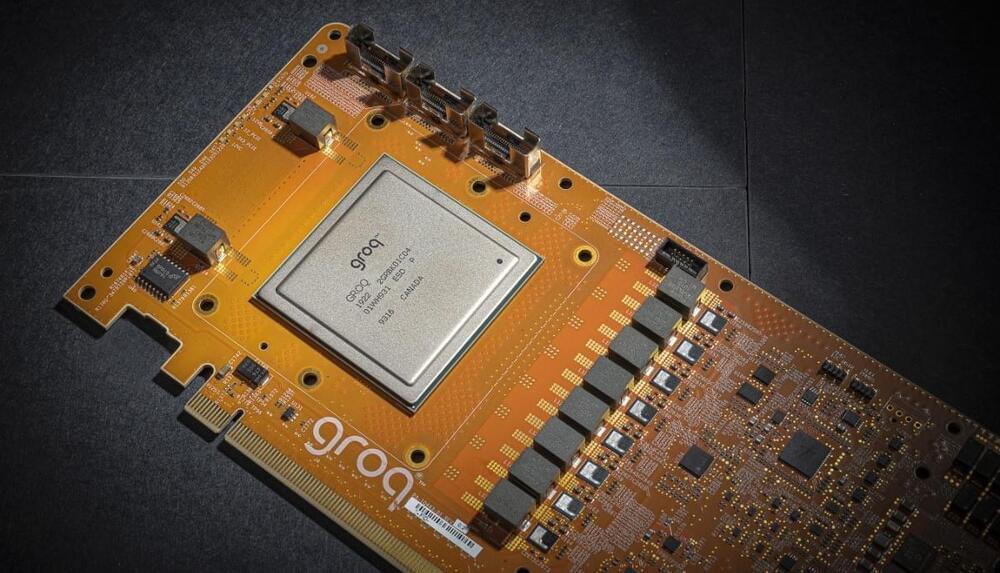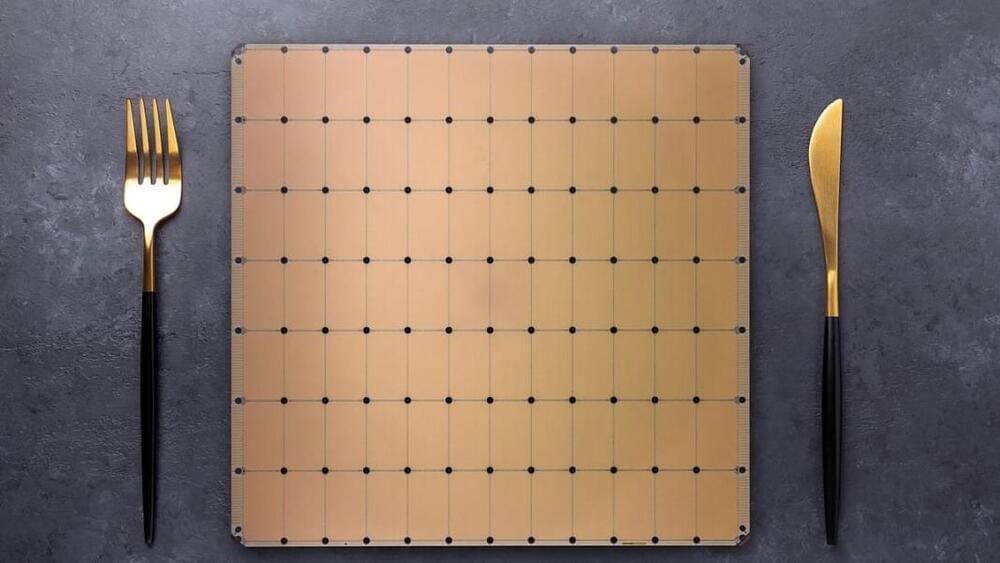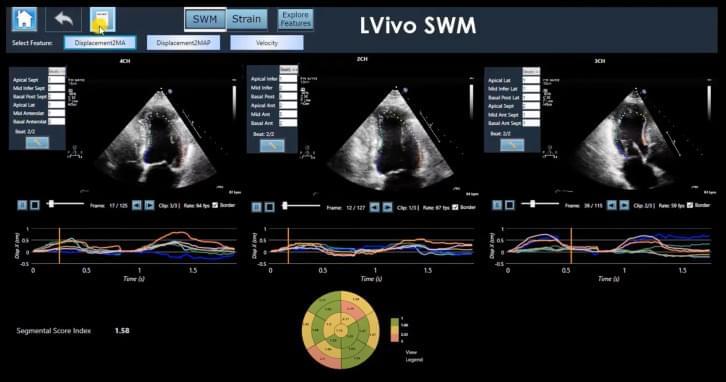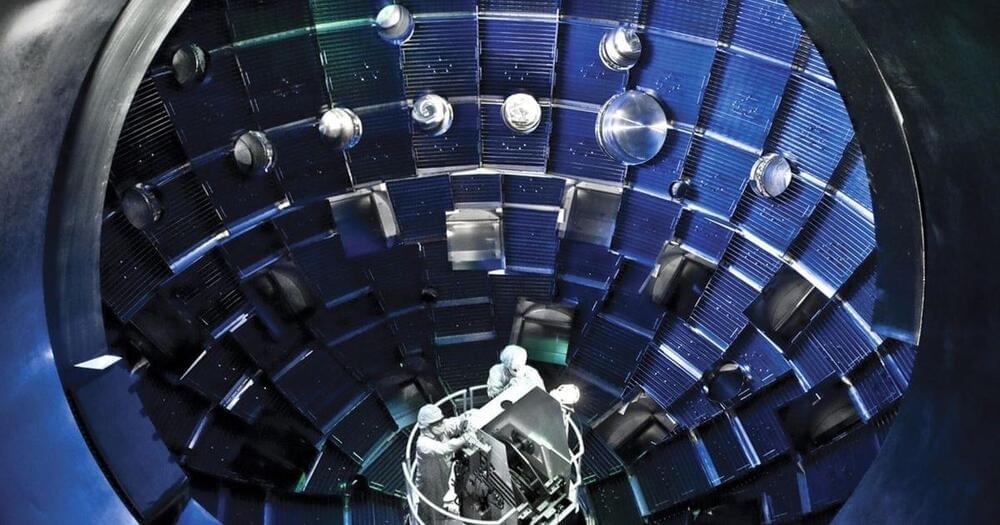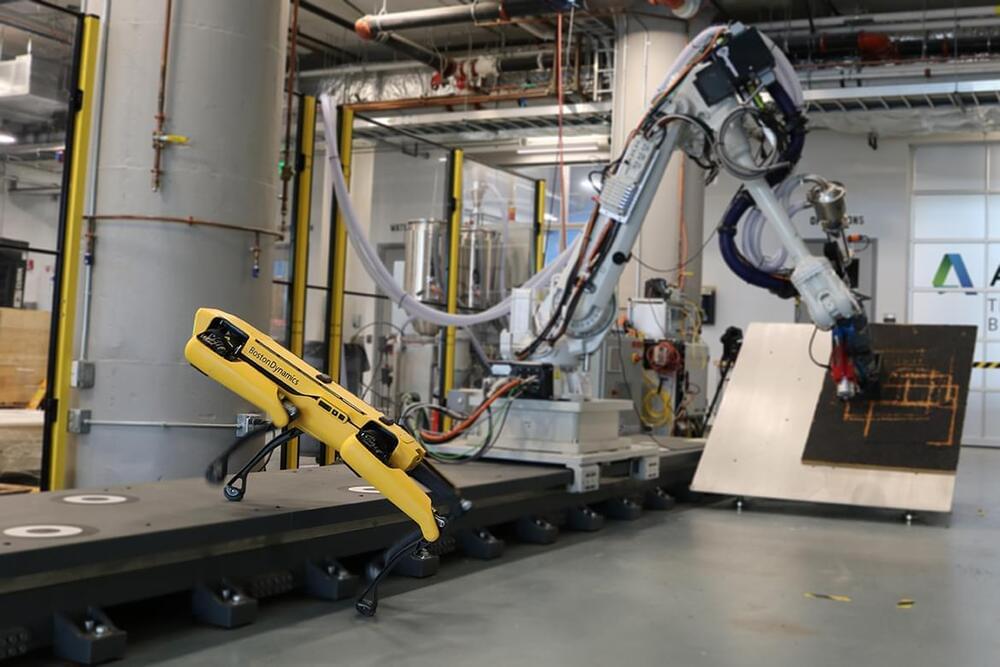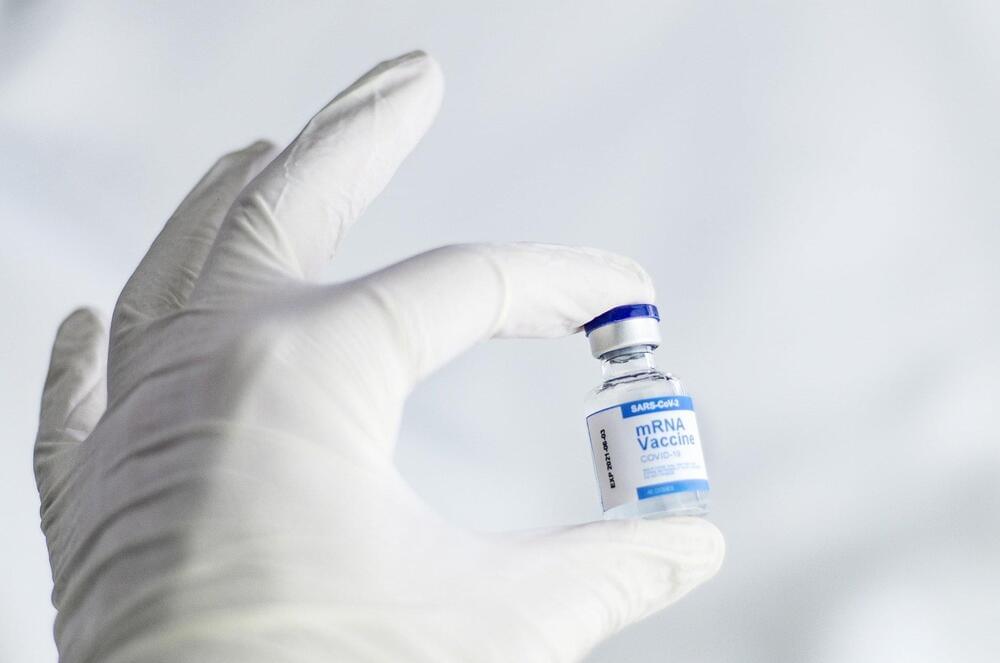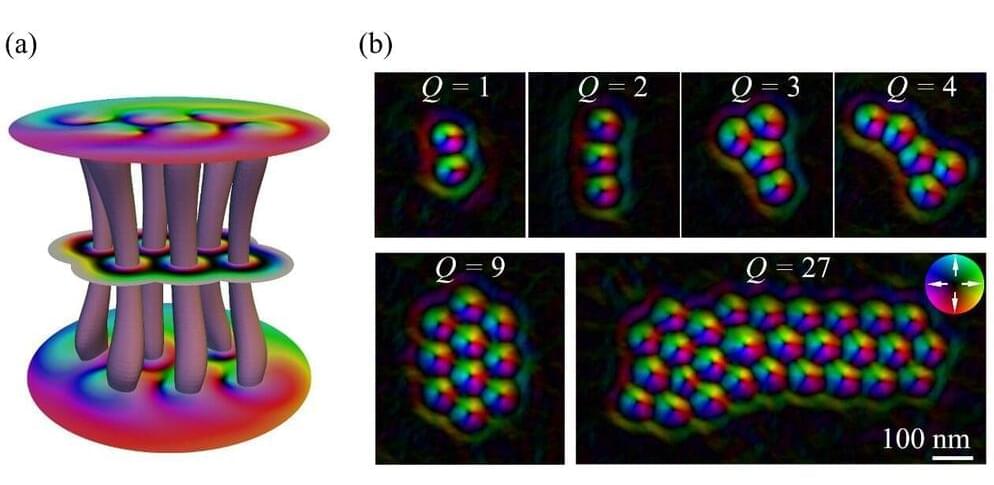Aug 29, 2021
New COVID variant detected in South Africa, most mutated variant so far
Posted by Omuterema Akhahenda in categories: biotech/medical, innovation
A new coronavirus variant, C.1.2, has been detected in South Africa and a number of other countries, with concerns that the variant could be more infectious and evade vaccines, according to a new preprint study by South Africa’s National Institute for Communicable Diseases and the KwaZulu-Natal Research Innovation and Sequencing Platform. The study is awaiting peer review.
The C.1.2 variant first detected in South Africa is more mutated compared to the original virus than any other known variant.
